Dongdaemun Dak Hanmari Alley (서울 동대문 닭한마리 골목)
1.1Km 2024-03-04
37-7, Jongno 5(o)-ga, Jongno-gu, Seoul
+82-2-2236-9135
Located near the Dongdaemun Market, Dongdaemun Dak Hanmari Alley gets its name from the restaurants serving dak hanmari (whole chicken soup) that line the alley. Dak hanmari (whole chicken soup), literally “one whole chicken” in Korean, is a dish where a whole chicken is boiled in a soup and served with the alley’s special sauce. After the diners eat the meat, the broth is used to make kalguksu (noodle soup). Because the area is home to large-scale apparel and fashion material markets of the Dongdaemun Market, the district is always lively and bustling.
Olive Young - Sindang Station Branch [Tax Refund Shop] (올리브영 신당역)
1.1Km 2024-04-18
258, Dasan-ro, Jung-gu, Seoul
-
Jinokhwa Halmae Wonjo Dakhanmari (진옥화할매원조닭한마리)
1.1Km 2024-03-04
18 Jong-ro 40ga-gil, Jongno-gu, Seoul
+82-2-2275-9666
Jinokhwa Halmae Wonjo Dakhanmari is a renowned restaurant located in the alley of whole chicken soup near Dongdaemun Market, operating since 1978. Its specialty is dakhanmari (whole chicken soup), a whole chicken boiled in savory and rich broth. Adding finely chopped green onions enhances its refreshing flavor. The chewy rice cakes dipped in the seasoned sauce are also delightful. Additionally, it's customary to enjoy the remaining broth by mixing it with seasoning sauce and noodles, creating a delicious kalguksu (noodle soup).
Cheonggye 5-ga Bag Wholesale Shopping Center / Cheong'o Bag Shopping Center (청계5가 가방도매상가 / 청오가방상가)
1.1Km 2024-03-18
229 Cheonggyecheon-ro, Jongno-gu, Seoul
Cheonggye 5-ga Bag Wholesale Shopping Center is a place where you can purchase various types of bags at affordable prices. They offer a diverse range of items including handbags, briefcases, suitcases, and school bags. Selling unique models produced directly from their own factory, the prices are reasonable, and the quality is excellent. The shopping center also houses wholesale stores for clothing and bag accessories.
Seoul Namsan Gugakdang (서울 남산국악당)
1.1Km 2021-08-02
28, Toegye-ro 34-gil, Jung-gu, Seoul
+82-2-2261-0500
Seoul Namsan Gukakdang was established by Seoul Metropolitan Government as a representative traditional art-centered performance hall in 2007. It is comprised of one ground and two basement levels. The performance hall is located on the basement floor with 300 seats, equipped with facilities that deliver pansori sounds and gayageum music to every seat. Visitors can make a reservation at the Namsangol Hanok Village website.
Namsangol Hangawi Festival Samsamorak (남산골 한가위축제 삼삼오락)
1.1Km 2024-10-02
28 Toegye-ro 34-gil, Jung-gu, Seoul
+82-2-6358-5533
Namsangol Hangawi Festival Samsamorak is a traditional culture event that takes place every year during the Chuseok holiday period. Through the festival, visitors of all ages and nationalities can enjoy various culture programs for free at Namsangol Hanok Village in the heart of Seoul.
BLT STEAK (JW Marriott Dongdaemun Square Seoul)(비엘티스테이크(JW메리어트동대문스퀘어서울))
1.1Km 2021-03-18
279, Cheonggyecheon-ro, Jongno-gu, Seoul
+82-2-2276-3330
This Western cuisine is located near Dongdaemun Station, Seoul. The representative menu is steak. One of the top 3 steak restaurants in New York.
The Lounge (JW Marriott Dongdaemun Square Seoul)(더라운지(JW 메리어트 동대문스퀘어서울))
1.1Km 2021-03-18
279, Cheonggyecheon-ro, Jongno-gu, Seoul
+82-2-2276-3336
This Western cuisine is located near Dongdaemun Station, Seoul. Different menus are provided each season. The representative menu is dessert.
Dongdaemun Shopping Complex - Accessory Shops (동대문종합시장 악세사리상가)
1.1Km 2020-06-19
266, Jong-ro, Jongno-gu, Seoul
+82-2-2262-0114
As one of the largest markets in Asia, Dongdaemun Shopping Complex boasts huge accessory shops. Most of the handmade accessories in Korea are distributed here. Colorful accessories with unique designs are available at inexpensive prices.
Dongdaemun Shopping Complex·Dongdaemun Shopping Town (동대문 종합시장·동대문 쇼핑타운)
1.2Km 2025-06-30
266 Jong-ro, Jongno-gu, Seoul
+82-2-2262-0114
Dongdaemun Shopping Complex is one of Korea’s most well-known markets. It was founded in December 1970 as the largest of its kind in Asia and has maintained that status for the last 40 years. Browsing the plethora of shops, you can find fabric and clothing following all the latest global fashion trends. Dongdaemun Shopping Complex continues to build up its reputation as a hub of international design.
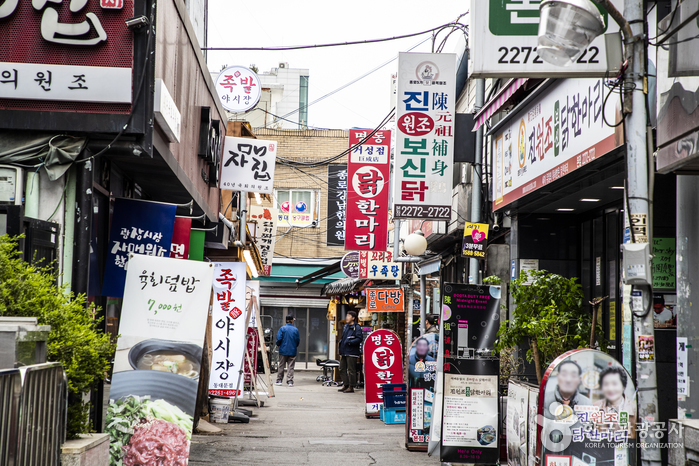
![Olive Young - Sindang Station Branch [Tax Refund Shop] (올리브영 신당역)](http://tong.visitkorea.or.kr/cms/resource/35/2878735_image2_1.jpg)
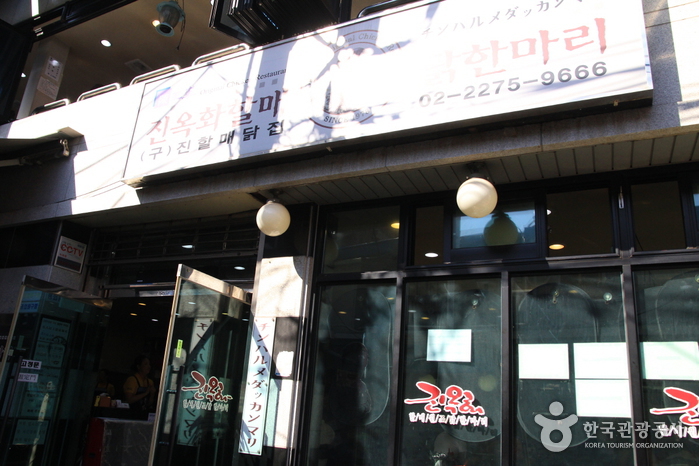
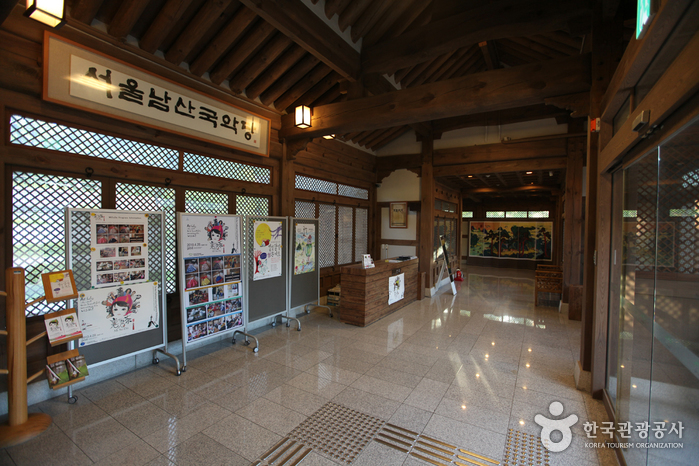
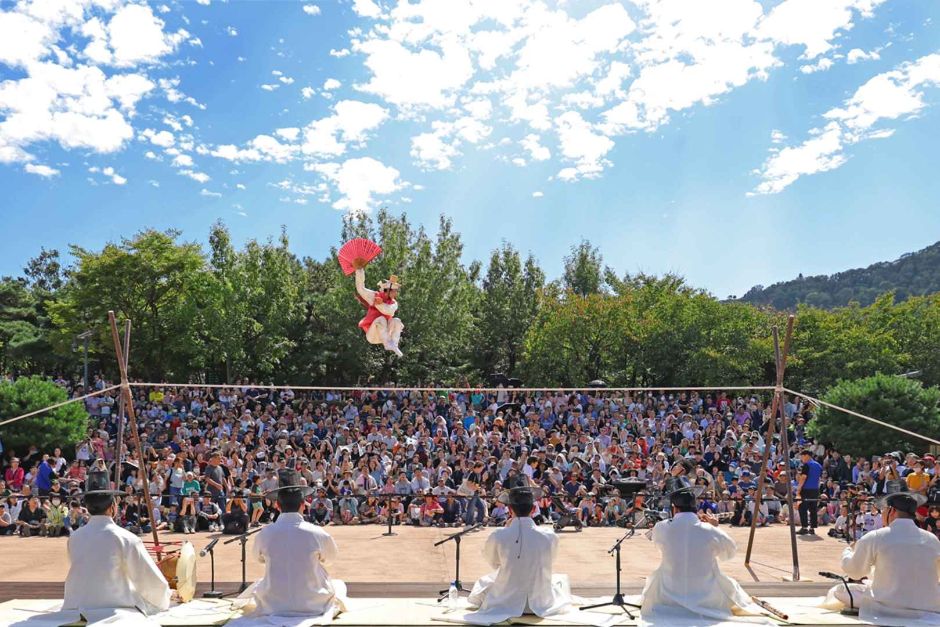
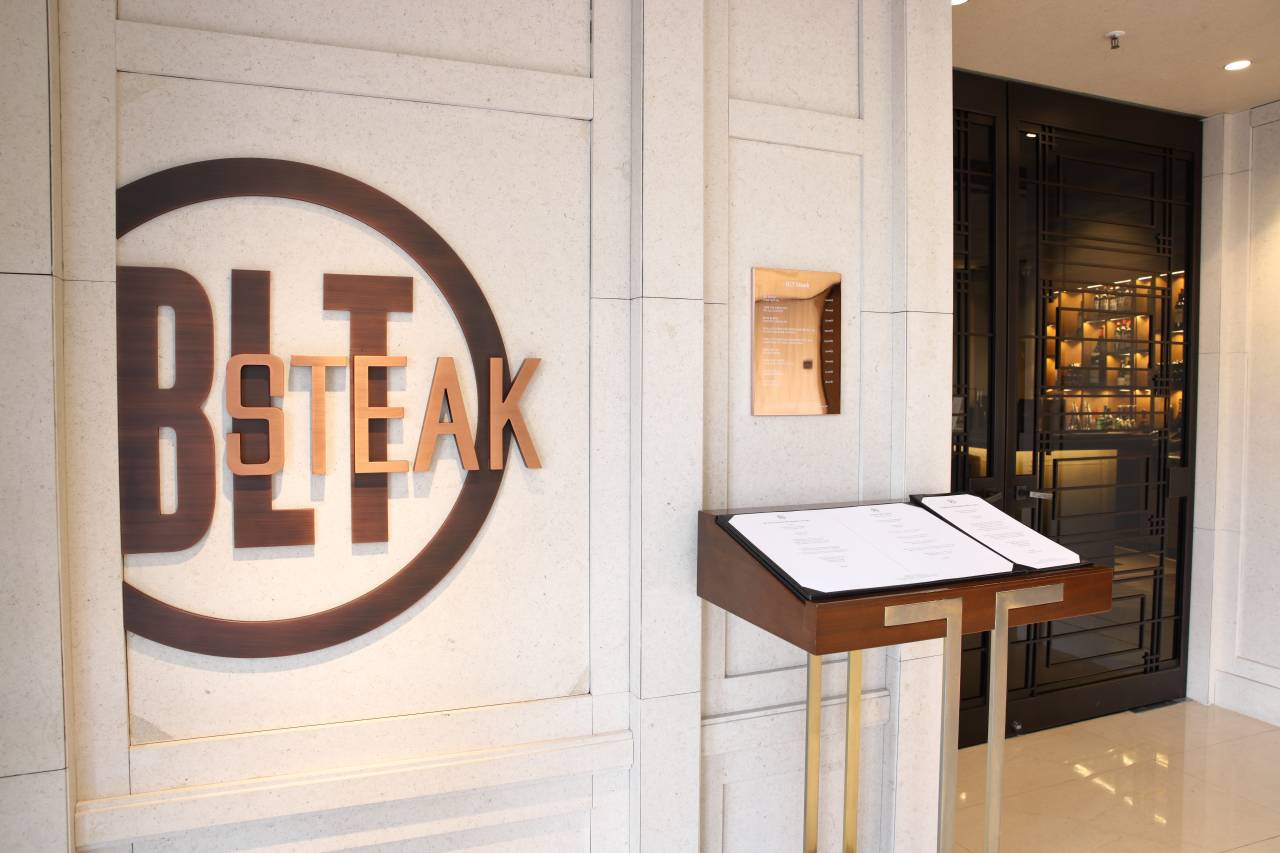
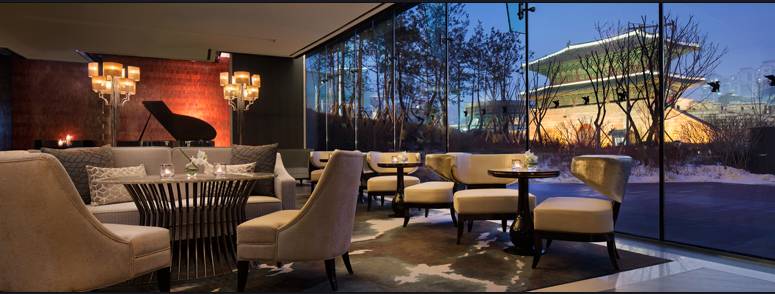
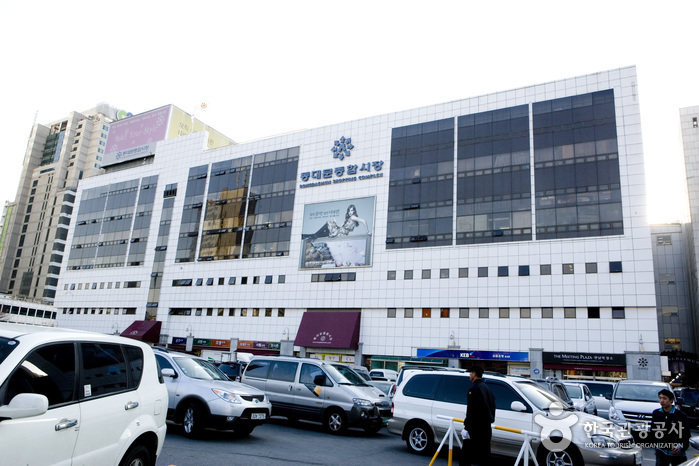
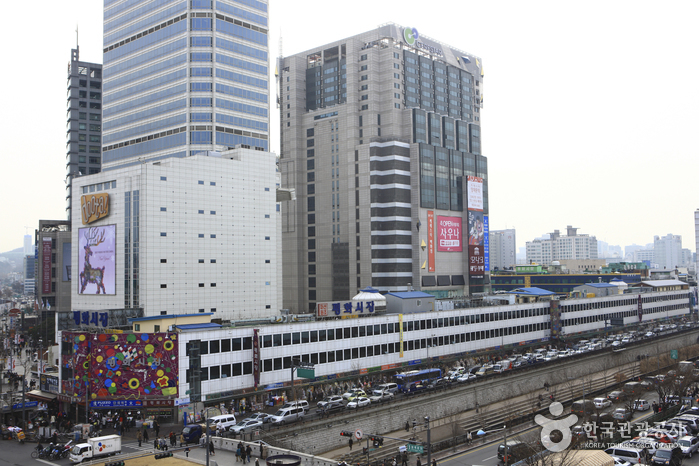
 English
English
 한국어
한국어 日本語
日本語 中文(简体)
中文(简体) Deutsch
Deutsch Français
Français Español
Español Русский
Русский